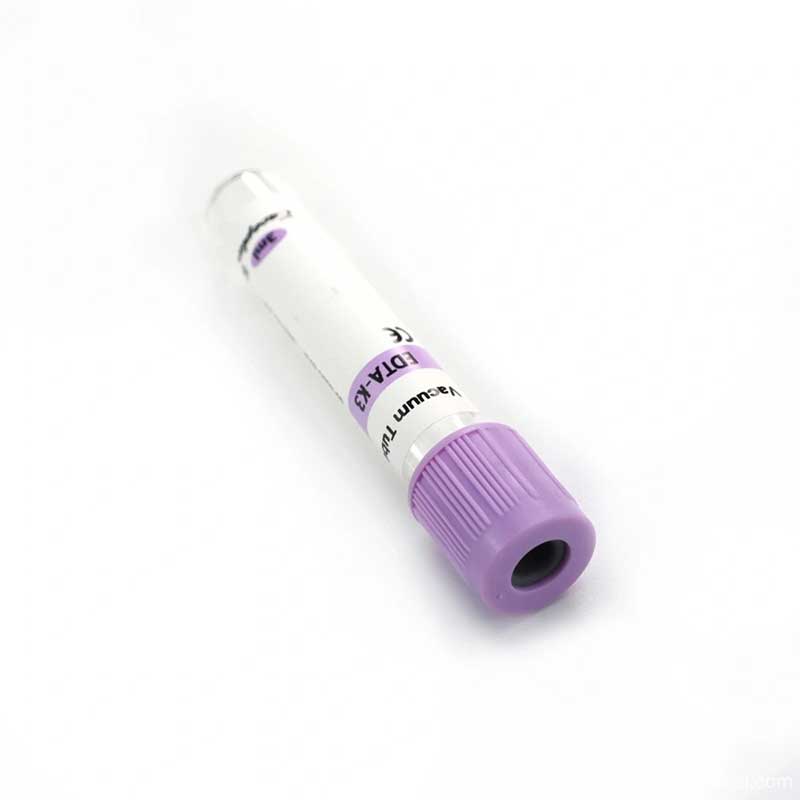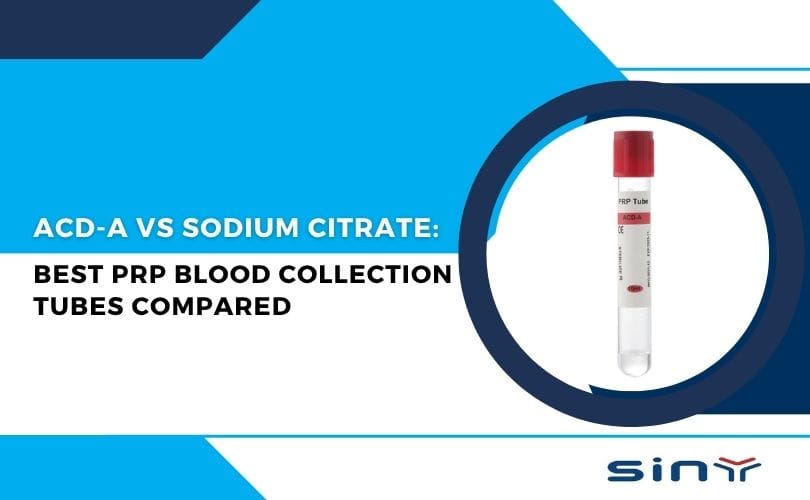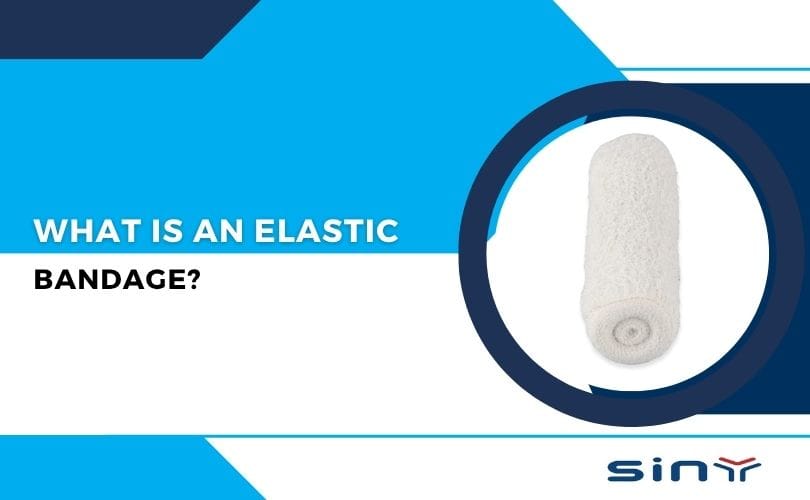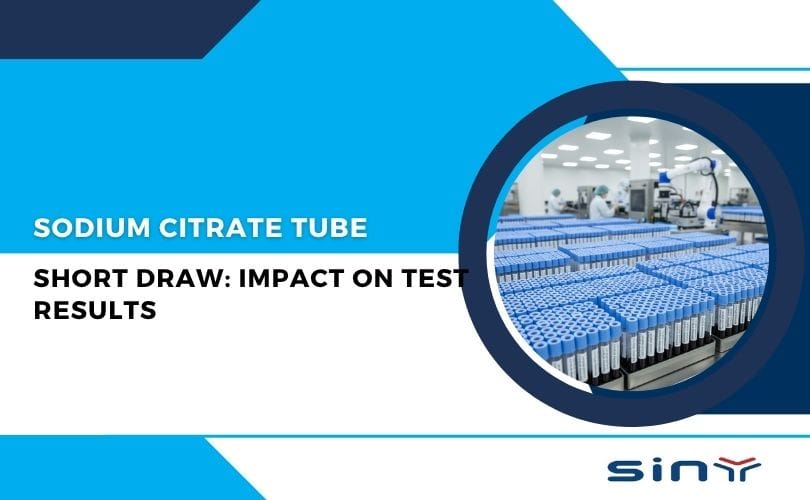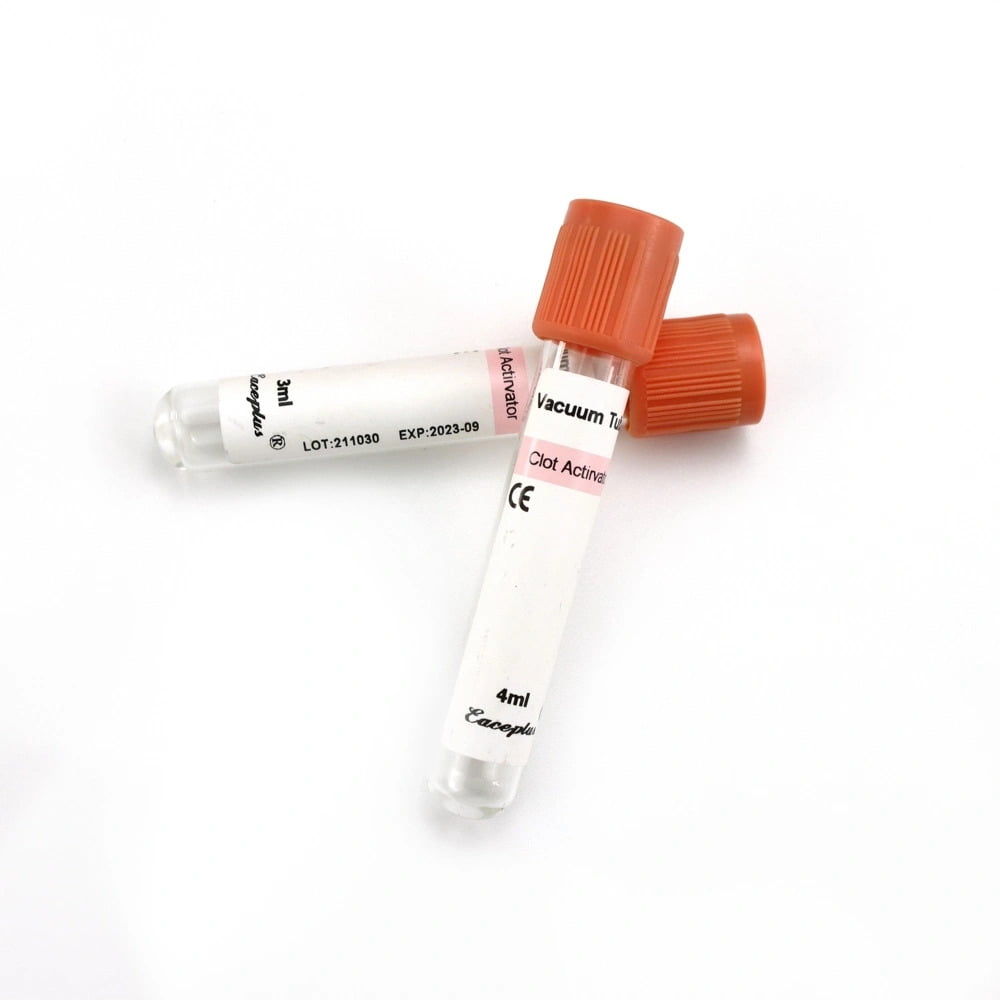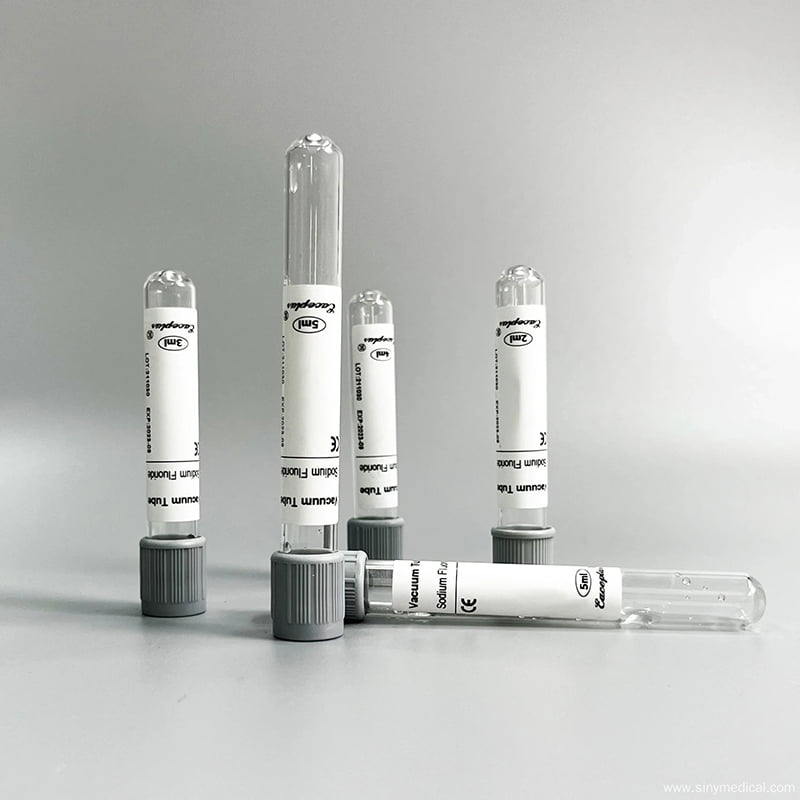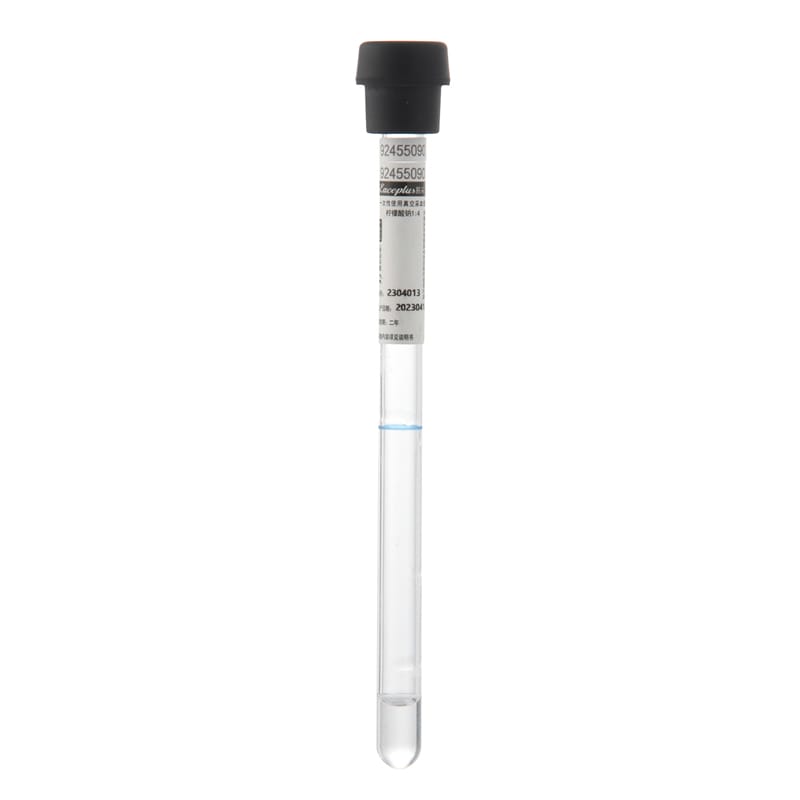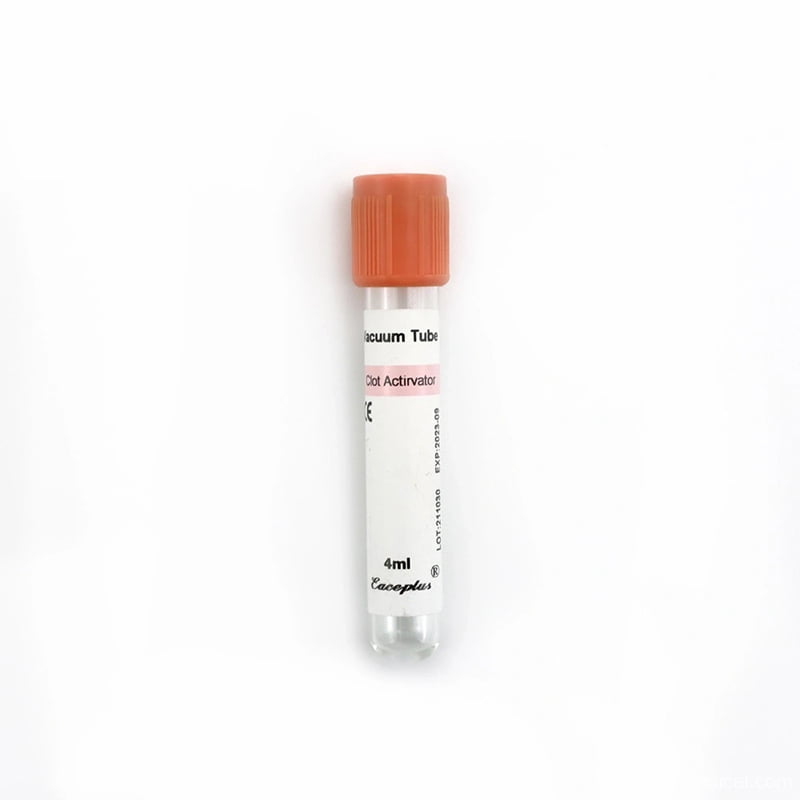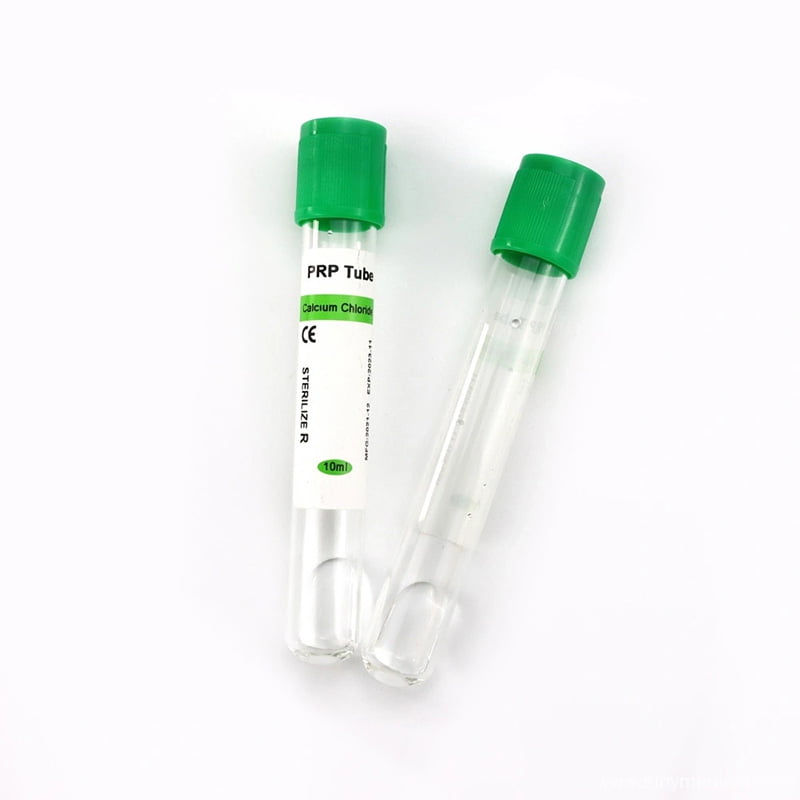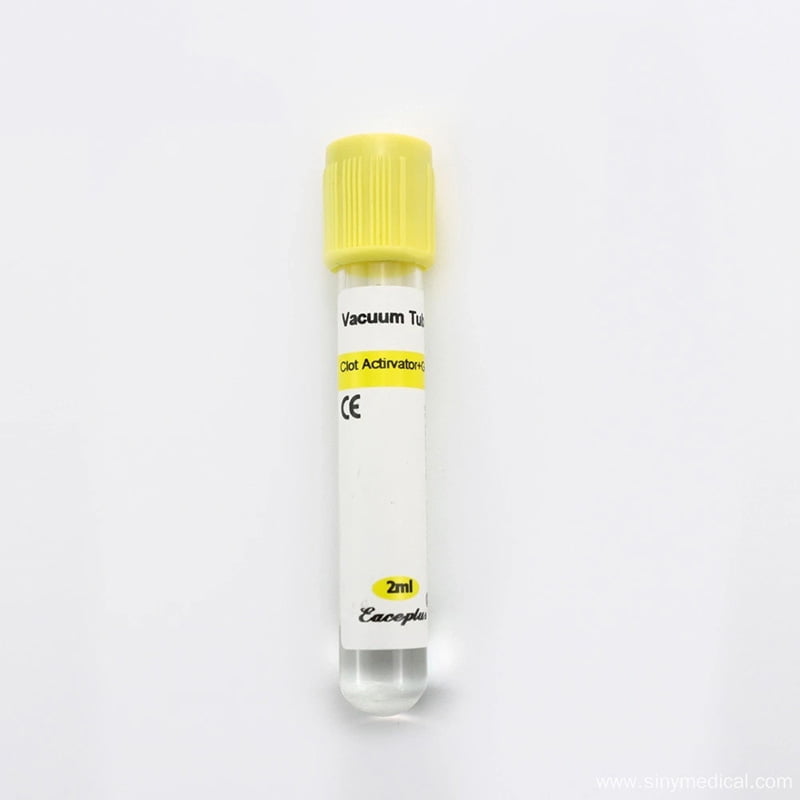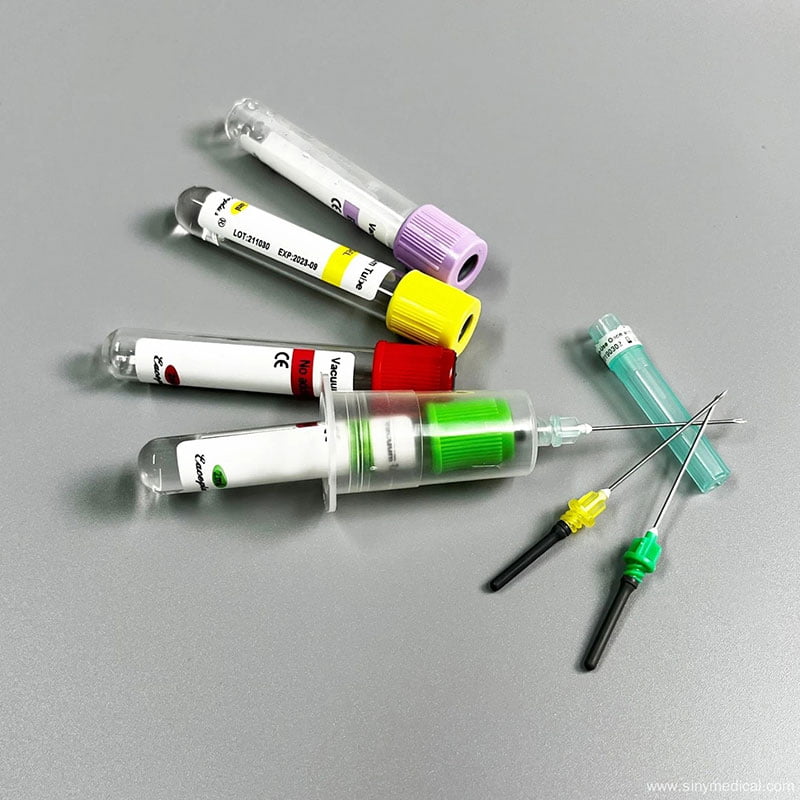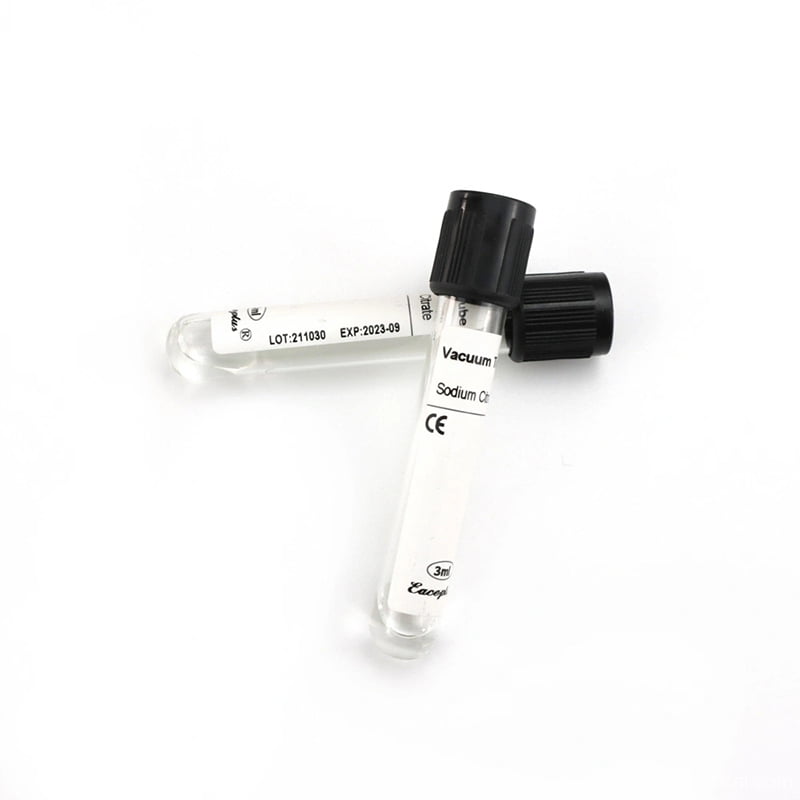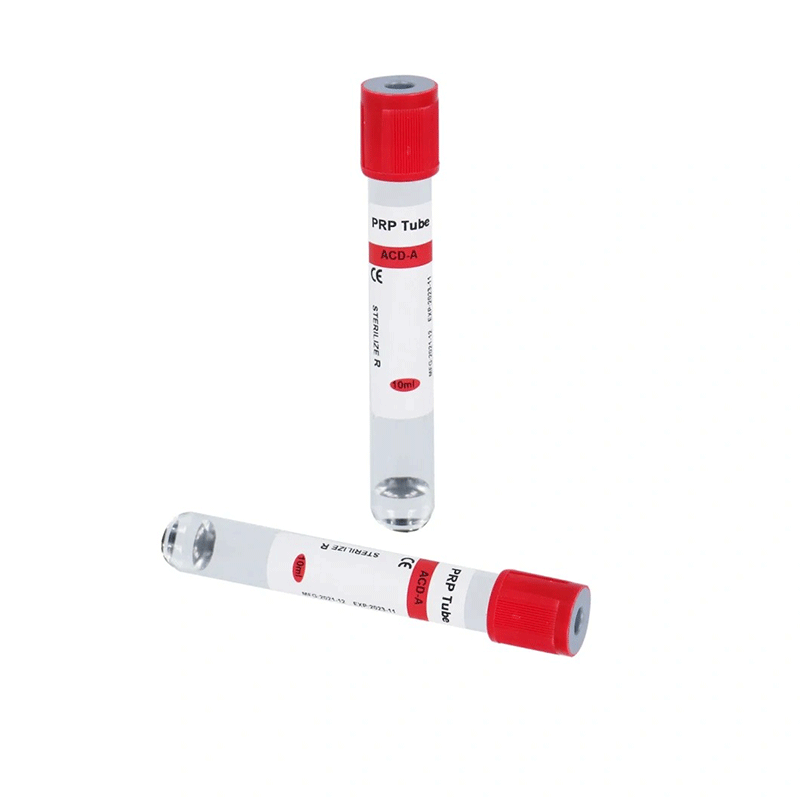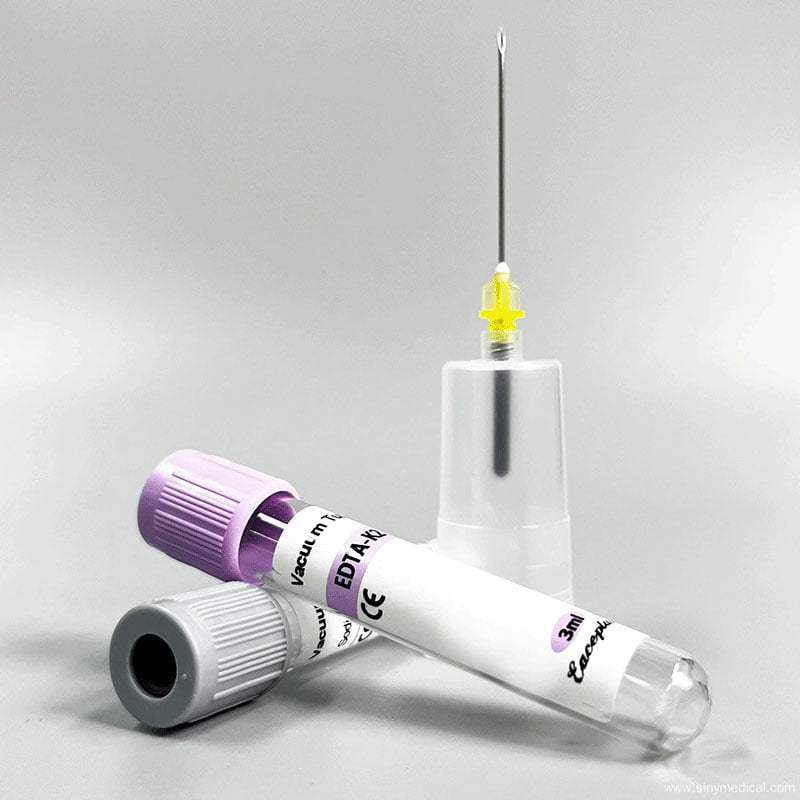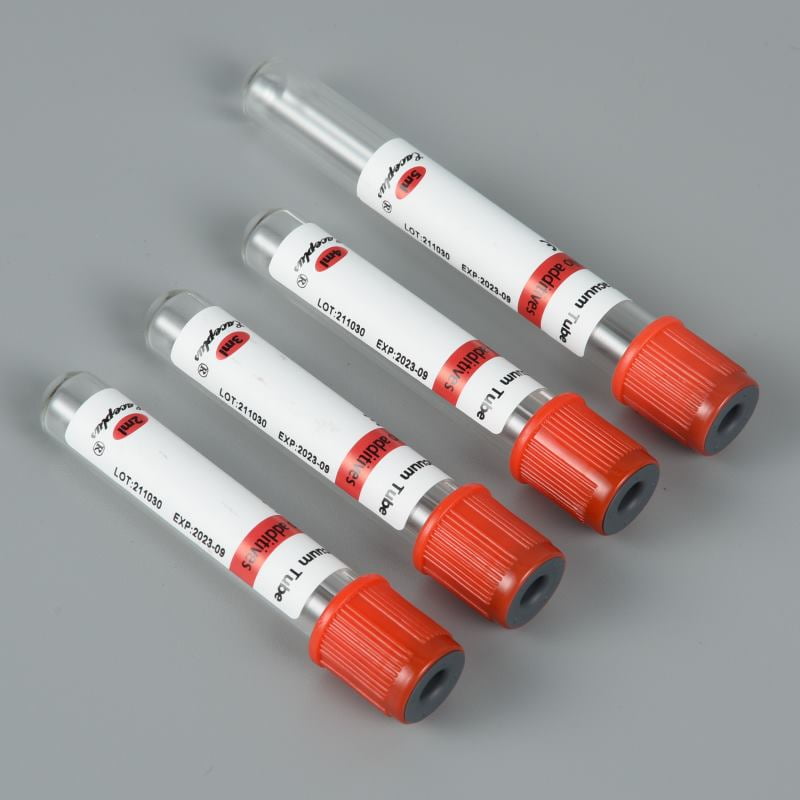When it comes to handling medical waste, understanding how to use a sharps container correctly is essential for ensuring safety and compliance. Whether you’re managing a clinic, laboratory, or home-care environment, proper sharps disposal minimizes the risk of accidental injuries and contamination. With a wide range of products available, from basic plastic bins to professional medical-grade solutions, it’s crucial to select the right container and follow the correct usage steps. This guide will walk you through everything you need to know about using sharps containers effectively.
Table of Contents
- 1 What Is a Sharps Container and Why Do You Need One? — Sharps Disposal Basics
- 2 How to Use a Sharps Container Properly — Step-by-Step Disposal Process
- 3 Uses and Application Scenarios for Sharps Containers
- 4 How to Choose the Right Sharps Container — Essential Buying Guide
- 5 Advanced Sharps Safety Practices
- 6 Summary
- 7 FAQs
What Is a Sharps Container and Why Do You Need One? — Sharps Disposal Basics
A sharps container (also known as a sharps disposal bin or medical sharps box) is a puncture-resistant, leak-proof, and rigid container designed to safely collect used needles, syringes, scalpels, lancets, and other sharp instruments.
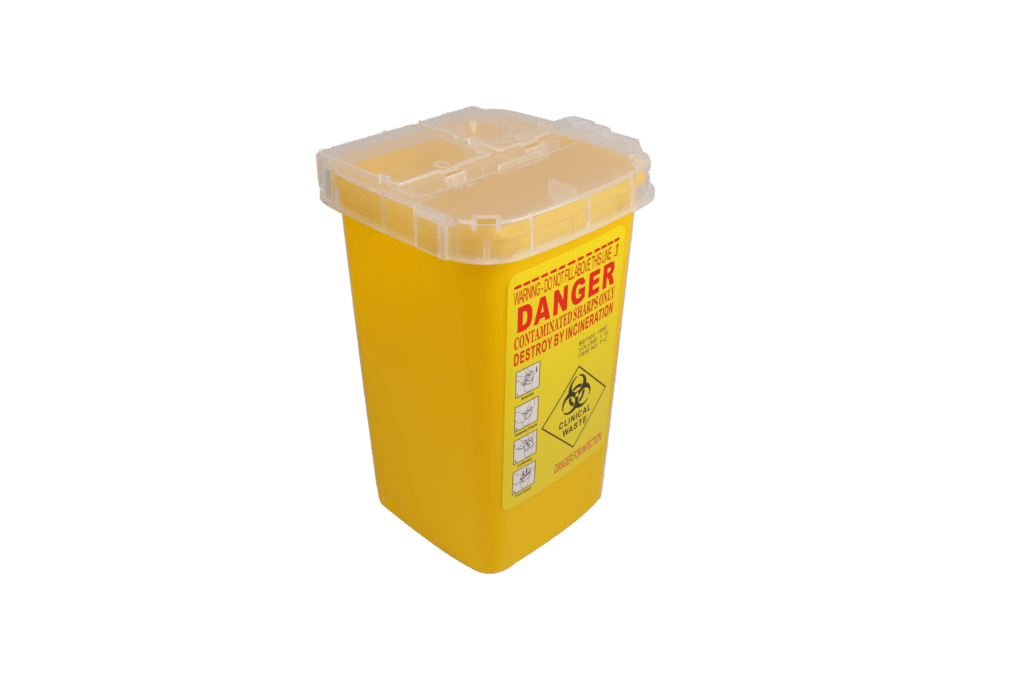
High-quality sharps containers typically feature:
- Thick, durable plastic walls
- A secure, lockable lid
- A one-way opening to prevent hands from reaching in
- Clear hazard labeling
- A stable, tip-resistant design
Facilities that generate sharps waste — such as clinics, tattoo studios, laboratories, and home-care environments — rely on these containers to protect staff, patients, and waste handlers from avoidable risks.
Because the quality of containers varies significantly, understanding the product’s design and material construction is key. A well-designed sharps container minimizes risk and improves workflow efficiency. For more details on selecting the right container, visit Siny Medical’s Sharps Container Guide.
How to Use a Sharps Container Properly — Step-by-Step Disposal Process
Correct operation is just as important as choosing the right container. Here’s a practical workflow for how to use a sharps container safely:
Step 1: Place the Container Within Immediate Reach
Place the sharps container near the procedure area — such as countertops, medication carts, wall mounts, or mobile trolleys — to ensure immediate disposal of sharps after use. For ergonomic safety:
- Keep the opening below eye level
- Ensure the container sits upright
- Avoid placing the container in hidden corners or areas where it could be knocked over. This ensures easy access and reduces the risk of accidents or spills.
Step 2: Dispose of Sharps Directly After Use
Do not recap, bend, break, or remove the needle. Insert the entire sharp into the opening:
- Hold the needle with the point facing downward
- Drop it in smoothly, without force
- Keep your hands above the opening and avoid contact with the rim
This step reduces both exposure time and contamination risks.
Step 3: Keep Sharps Waste Separated
Do not place gauze, paper wrappers, alcohol swabs, gloves, or liquid waste inside the sharps container. Mixing non-sharps waste can:
- Block the opening
- Reduce effective capacity
- Increase disposal costs
Step 4: Monitor the Fill Level
A sharps container should never. Most containers feature a visible fill indicator. If not:
- Stop using the container once it reaches ¾ full
- Avoid pressing down on the contents
- Never attempt to reopen or empty it
Overfilling is one of the most common causes of needle injuries.
Step 5: Seal, Lock, and Prepare for Disposal
When full:
- Close the lid completely
- Lock the container using the built-in mechanism
- Ensure nothing can fall out or be removed
Once sealed, the container is ready for final disposal.
Step 6: Follow Local Disposal Regulations
Different regions have different rules. Common disposal methods include:
- Medical waste collection services
- Hospital or clinic drop-off
- Community sharps disposal stations
- Mail-back disposal programs
- Approved hazardous waste facilities
Never throw used sharps containers into regular trash or recycling unless local regulations explicitly allow it. For professional assistance, you can contact Siny Medical.
Uses and Application Scenarios for Sharps Containers
Sharps containers are essential in any environment where sharp instruments contact bodily fluids or require sterile handling. Common scenarios include:
Healthcare & Clinical Settings
- Routine injections and blood collection
- Vaccination stations
- Outpatient clinics
- Dental offices
- Emergency rooms
Home-Care and Self-Injection Patients
Individuals managing diabetes, hormone therapy, or fertility treatment require safe home disposal solutions. A compact sharps container prevents accidental exposure to family members.
Laboratories & Research Institutions
Sharps waste is frequently generated during sample collection, animal research, and minor surgical procedures.
Tattoo, Piercing & Aesthetic Clinics
These studios rely heavily on safe sharps disposal due to continuous use of needles, blades, and micro-needling devices.
Mobile Healthcare Units
Travel-friendly sharps containers are required for vaccination campaigns, ambulance services, and field operations.
To explore customizable options, visit Siny Medical’s Sharps Container Product Page.
How to Choose the Right Sharps Container — Essential Buying Guide
Choosing the right sharps container makes a major difference in safety and compliance. Below is a full breakdown of what procurement managers and healthcare organizations look for.
Material Quality & Puncture Resistance
Premium containers use high-density polypropylene to resist cracking, leaks, and pressure.
Poor materials increase:
Breakage risk
Leak hazards
Sharp protrusion injuries
Lid Locking Mechanism
A proper lid should:
Allow one-way disposal
Prevent sharps removal
Provide a permanent lock
This is a legal requirement in many regions.
Size Options
Different facilities require different sizes:
1L–2L — home users & mobile kits
5L–7L — clinics, dentist offices
15L–30L — hospital wards, labs, surgical centers
Container Stability
The base should resist tipping—especially for high-traffic locations.
Labeling and Compliance Markings
Look for:
Biohazard symbol
Fill line indicators
Model & certification numbers
The safest place to source certified products is SINY Medical.
Proper vs Improper Sharps Disposal
| Practice | Proper Disposal | Improper Disposal |
|---|---|---|
| Recapping Needles | Not Allowed | Recapping needles causes puncture injuries |
| Overfilling | Stop at ¾ capacity | Overfilled containers risk exposure |
| Container Type | Medical-grade | Plastic bottles, cans, glass jars |
| Sharps Handling | Insert downward, no force | Bending, breaking, or forcing sharps |
| Disposal Method | Certified medical waste services | General garbage or recycling |
Advanced Sharps Safety Practices
While using the container correctly is the fundamental protection, a comprehensive safety program incorporates training, policy, and injury response.
The Dangers of Underreporting
A major challenge in sharps safety is the underreporting of needlestick injuries (NSIs). Studies suggest that only 16-19% of incidents are officially documented. This silence prevents facility management from identifying high-risk areas, devices, or procedures that require intervention.
- Training is Essential: Staff must receive mandatory, documented training on safe disposal procedures, emphasizing the one-handed technique and the severe risks of recapping.
- Post-Exposure Protocol: If an injury occurs, the worker must immediately wash the wound with soap and water, report the incident to a supervisor, and follow the facility’s post-exposure prophylaxis (PEP) protocol without delay. Timely PEP can be highly effective in preventing infection.
The Role of Technology and Engineering Controls
Effective sharps disposal is one part of a multi-faceted strategy often referred to as the Hierarchy of Controls.
- Elimination/Substitution: Using needleless IV systems or safety-engineered devices with built-in retractable needles can reduce related injuries by up to 90%.
- Engineering Controls: This is where the sharps container fits. Its design is engineered to physically remove the hazard from the user.
- Administrative Controls: Creating safe operating procedures (SOPs), establishing neutral zones for passing sharps, and ensuring proper staff training.
By choosing devices and containers that integrate the latest safety-engineered designs, facilities take a proactive step in protecting their workforce. Siny Medical is committed to providing products that support these advanced safety measures.
Addressing Home and Community Sharps Disposal
For individuals managing chronic conditions like diabetes or using auto-injectors at home, safe disposal prevents injuries to family members and sanitation workers.
- The Container is Key: Patients should be provided with or instructed to purchase a dedicated, purpose-built sharps container, not a makeshift container like a plastic bottle, which is typically not puncture-resistant enough.
- Local Regulations: Home-generated sharps are regulated differently than commercial medical waste. Patients must consult their local health department or the EPA for approved community disposal sites or mail-back options. Detailed information on managing waste from clinics and hospitals can be found in our guide on Sharps Container Disposal for Clinics and Hospitals.
Summary
Understanding how to use a sharps container properly helps protect users, staff, and the environment from avoidable risks. From choosing a durable, professional-grade container to following correct disposal steps, each part of the process contributes to a safer work environment.
Because quality varies widely across the market, selecting a trustworthy supplier is essential. If you are comparing options or need a dependable partner for bulk procurement, Siny Medical can provide safe, professional sharps disposal solutions tailored to your facility’s needs.
For more information, explore our YouTube channel or visit our Made-in-China profile.
FAQs
Q1: What items must be disposed of in a sharps container?
Anything capable of puncturing skin—needles, syringes, scalpels, lancets, micro-needles, tattoo needles, and broken glass slides.
Q2: Can you open a sealed sharps container?
No. Once locked, it must never be reopened.
Q3: Can household containers be used as temporary sharps containers?
Not recommended. They are not puncture-resistant or compliant.
Q4: When should a sharps container be replaced?
At ¾ full or when the fill line is reached.
Q5: How do you dispose of a full sharps container?
Use certified disposal programs or medical waste services recommended by local regulations.

